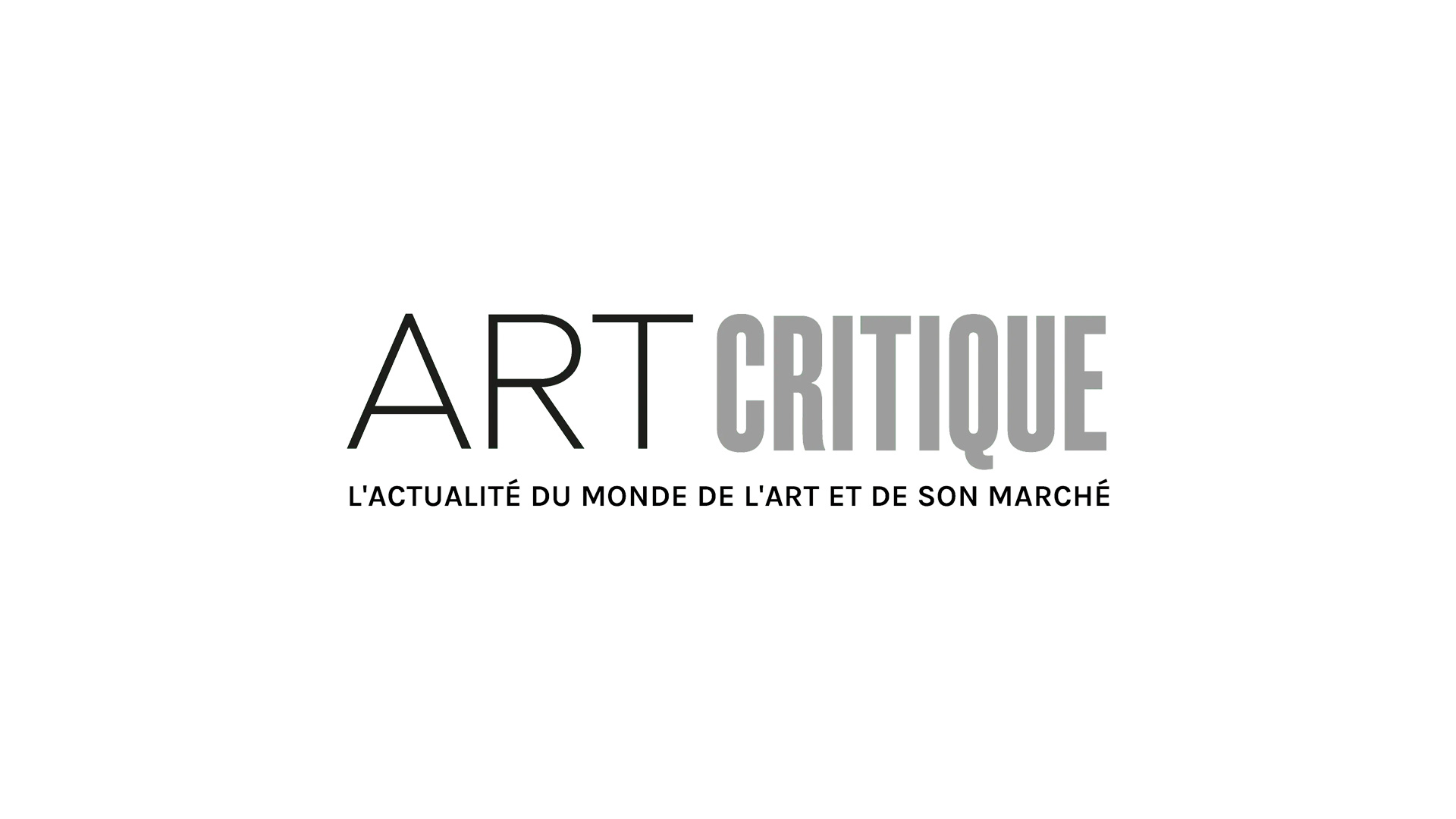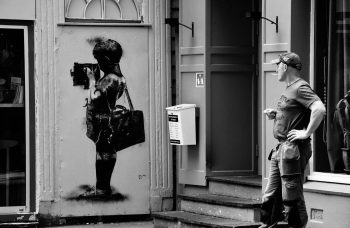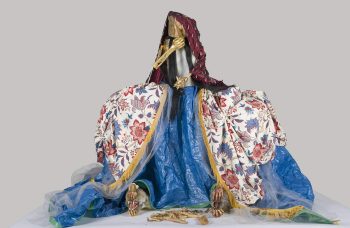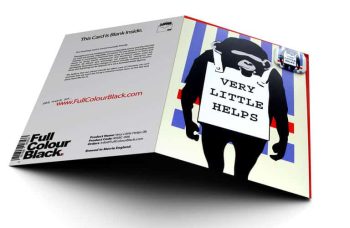David Breslin, director of the Whitney Museum of American Art’s collection; Martha Rosler, American conceptual artist; Kelly Taxter, the Jewish Museum’s curator of contemporary art; Rirkrit Tiravanija, a Thai conceptual artist; and Torey Thornton, an American artist recently all got together. Why? To come up with their list of 25 artworks that they believe have defined contemporary art as we know it.
The group were invited together by T Magazine, part of the New York Times, and given a specifically open-ended objective with a seemingly endless body of artworks to choose from. One of the only stipulations for the list they were to compile was that the art had to have been created after 1970. Otherwise, artists, art form, medium, and the location of the artists didn’t really matter. Instead, the committee had to create their own parameters for what qualifies as ‘contemporary’ and how they would choose 25 of the most significant works.
The task is daunting, to say the least, even for a seasoned body of artists and art specialists. What’s potentially more daunting is then putting that list out in public for everyone to critique, but maybe that’s less of a concern for those so familiar with the critique of the art world.
According to T Magazine, the group began with a proposed system: each member of the group was to bring in their own list of 10 artists and artworks that they would all then rank. As one might expect, that system wasn’t fool-proof and it quickly fell into disrepair. Interestingly enough, and perhaps unsurprising, when they did coordinate their thoughts, a number of artists came up multiple times within their notes. Also unsurprising is that in the end, there was not definite list that each of the panel agreed upon. Of course there was partial consensus but the final list didn’t reflect everyone’s personal views – they also acknowledge that the selected artists and works don’t even fully represent the history of the last 50 years of art. However, as with most lists of the sort, they’re more of a reference – a jumping off point meant to provoke conversation and curiosity.
In the end, this is the final list they came up with:
- Sturtevant, “Warhol Flowers,” 1964-71
- Marcel Broodthaers, “Musée d’Art Moderne, Département des Aigles,” 1968-72
- Hans Haacke, “MoMA Poll,” 1970
- Philip Guston, “Untitled (Poor Richard),” 1971
- Judy Chicago, Miriam Schapiro and the CalArts Feminist Art Program, “Womanhouse,” 1972
- Lynda Benglis, Artforum advertisement, 1974
- Gordon Matta-Clark, “Splitting,” 1974
- Jenny Holzer, “Truisms,” 1977-79
- Dara Birnbaum, “Technology/Transformation: Wonder Woman,” 1978-79
- David Hammons, “Bliz-aard Ball Sale,” 1983; “How Ya Like Me Now?,” 1988
- Barbara Kruger, “Untitled (When I Hear the Word Culture, I Take Out My Checkbook),” 1985; “Untitled (I Shop Therefore I Am),” 1987
- Nan Goldin, “The Ballad of Sexual Dependency,” 1985-86
- Cady Noland, “Oozewald,” 1989; “The Big Slide,” 1989
- Jeff Koons, “Ilona on Top (Rosa Background),” 1990
- Mike Kelley, “The Arenas,” 1990
- Felix Gonzalez-Torres, “Untitled” (Portrait of Ross in L.A.), 1991
- Catherine Opie, “Self-Portrait/Cutting,” 1993
- Lutz Bacher, “Closed Circuit,” 1997-2000
- Michael Asher, “Michael Asher,” Santa Monica Museum of Art, 2008
- A.K. Burns and A.L. Steiner, “Community Action Center,” 2010
- Danh Vo, “We the People,” 2010-14
- Kara Walker, “A Subtlety, or the Marvelous Sugar Baby,” 2014
- Heji Shin, “Baby” (series), 2016
- Cameron Rowland, “New York State Unified Court System,” 2016
- Arthur Jafa, “Love Is the Message, the Message Is Death,” 2016
You can find the entire conversation between the panel and more insight into why they chose these works here. In the meantime, who would be on your list?





